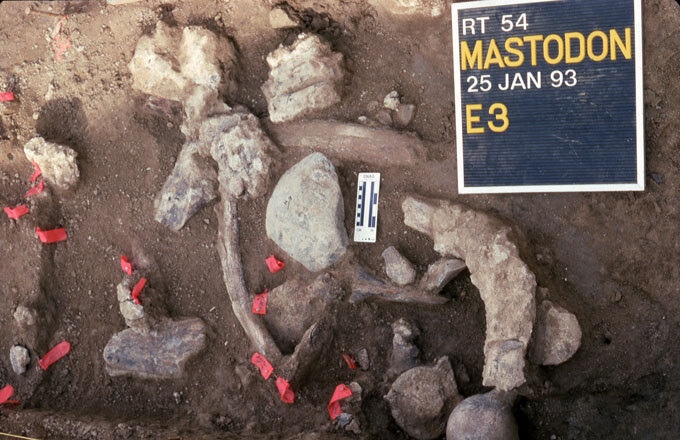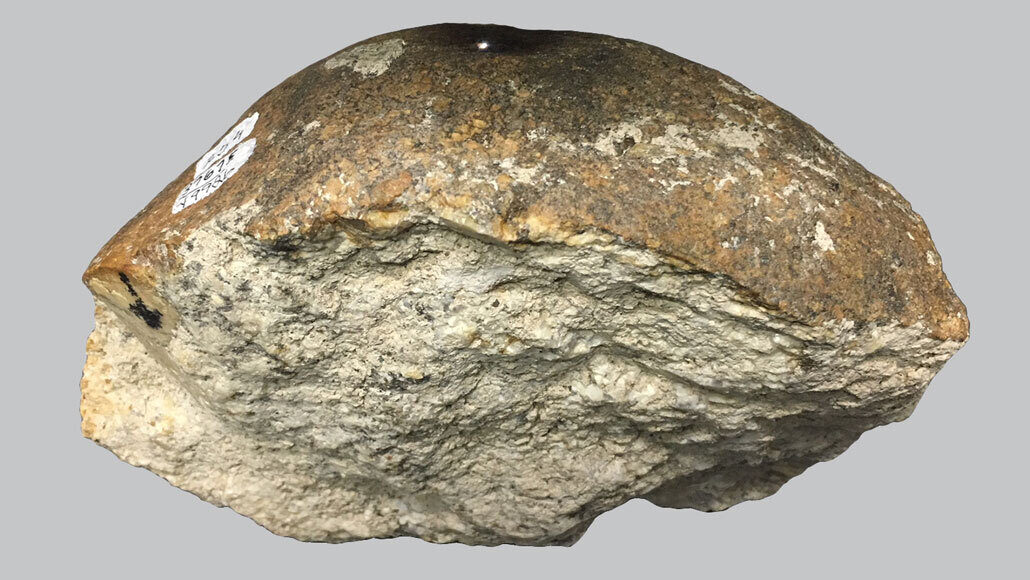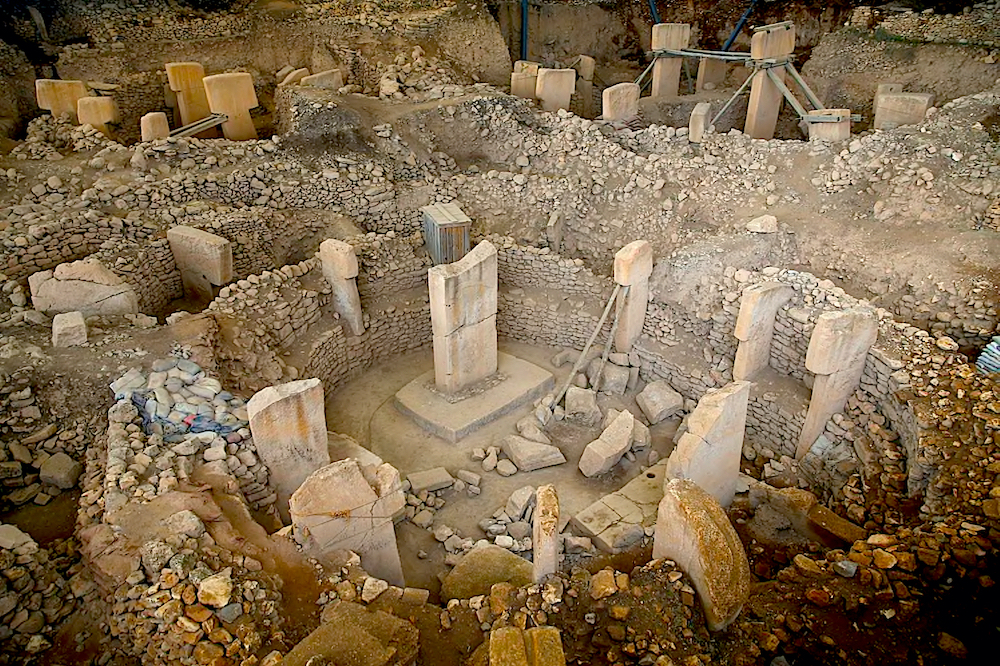The methodology of dating these things is really not very reliable, making these big numbers they slap on these things not particularly meaningful.
But I’ve always found prehistory interesting.
Scientific debate about the most controversial archaeological site in the Americas has entered rocky new territory.
In 2017, scientists reported that around 130,000 years ago, an unidentified Homo species used stone tools to break apart a mastodon’s bones near what is now San Diego. If true, that would mean that humans or one of our close evolutionary relatives reached the Americas at least 100,000 years earlier than previously thought, dramatically reshaping scientists’ understanding of when the region was settled (SN: 4/26/17).
Critics have questioned whether the unearthed stones were actually used as tools. And other researchers suggested that supposed tool marks on the bones could have been created as the bones were carried by fast-moving streams or caused by construction activity that partially exposed the California site before its excavation in 1992 and 1993.
But new analyses bolster the controversial claim, says a team that includes some of the researchers involved in the initial finding. Chemical residue of bones appears on two stones previously found among mastodon remains at the Cerutti Mastodon site, the scientists report in the December Journal of Archaeological Science: Reports. The two Cerutti rocks also show signs of having delivered or received hard blows where bone residue accumulated, the team says. The larger stone may have served as a platform on which the bones were smashed open with the smaller stone, possibly to remove marrow for eating or to obtain bone chunks suitable for shaping into tools.
“Many repeated blows are likely to have created the concentrations of broken [mastodon] bones” found at the site, says Richard Fullagar, a geoarcheaologist at the University of Wollongong in Australia who was also part of the original research. Hominids — perhaps Neandertals, Denisovans, Homo erectus or Homo sapiens — battered the large creature’s remains on one or possibly several visits to the site, Fullagar contends.
In the new study, Fullagar, Wollongong geoarchaeologist Luc Bordes and colleagues used microscopes to determine that the chemical and molecular structure of residue on the two stones matched that of bones in general. That residue must have been acquired by pounding apart mammoth bones that were found scattered around the stones, the team argues. Since microscopic remnants of bone appeared only where stones showed signs of wear and hard impacts, it’s unlikely that the stones accumulated the residue by accidentally coming in contact with mastodon bones after being covered by sediment, the scientists say.
This is the rock they’re claiming is a prehistorical tool:
It’s a little bit hard to buy that.
Frankly, the entire paradigm of primitive man running around in buck skins smashing things with rocks is hard to buy. Assuming they had the same basic biology as modern man (which they claim has been static for about 200,000 years), including our intelligence, then it just doesn’t make sense that they would spend multiple generations, let alone thousands of years, in a primitive state.
Furthermore, it doesn’t make any sense that while in a primitive state, they were building megalithic stone structures.
Stonehenge is dated as having been built in 3000 BC. Again, that’s a totally arbitrary date.
But in 3000 BC, we’re told that people were roughly the same as in 100,000 BC – running around in buck skins smashing things with rocks.
Göbekli Tepe, found in Turkey, is supposedly 12,000 years old.
It features art that is shockingly similar to art found in prehistoric Mexico.
There are massive stone structures all over the planet, in fact, which they give various arbitrary dates to.
Frankly, I think the entire narrative of prehistory is a lie.





